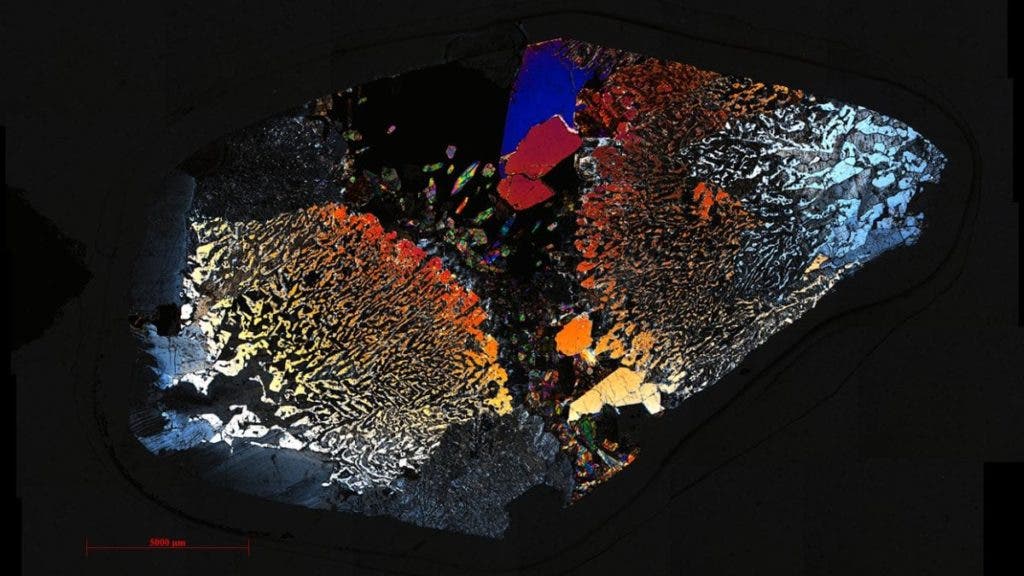Extreme and remote conditions don’t seem to be an impediment for microbe communities, according to a new study, which found some of them living in the crust of the ocean far beneath the seafloor and relying on recycling to survive.

Researchers found bacteria, fungi, and archaea (single-celled organisms) in rocks at about 700 meters below the bottom of the Indian Ocean. The finding was possible by looking at rock samples from the Atlantis Bank, a part of the seafloor where rock is exposed close to the surface.
The microbe communities were living in the cracks and fissures of the rock, according to researchers at the Woods Hole Oceanographic Institute. The rock samples had biosignatures of life such as DNA and lipid biomarkers, while messenger RNA extractions showed some cells were still active.
The fact that there’s life in seafloor sediments isn’t new, but only one study in 2010 had looked at the oceanic crust in the Atlantic Ocean for signs of life. Ocean crust covers nearly 70% of the earth’s surface and is made up mainly by the gabbroic layer. Gabbro is intrusive igneous rock.
“These [communities] can basically be hanging out for millions of years in a very quiescent state,” study author and associate scientist Virginia Edgcomb said in a statement. “I’m sure even the active microbes are carrying on at a very slow rate relative to those near the surface, but nevertheless, they’re buzzing along.”
The study claimed that the survival of the bacteria, fungi, and archaea relied on underground fluid flow. Seawater travels through the cracks in the rock, carrying organic matter down from the ocean. The researchers found signs of life in those currents of seawater.
At the same time, the study found a set of survival strategies used by the microorganisms. Some showed the ability to store carbon in their cells, while others were able to process nitrogen and sulfur to generate energy, recycle amino acids, and produce vitamins.
Steven D’Hondt, a professor at the University of Rhode Island who was not involved with the research, told EOS that this “runs counter to standard assumptions about subseafloor crustal life” and that “the readiness of that community to consume organic matter suggests that it is metabolically linked to the broader world.”
Whether the results can be applied to other areas of the ocean’s lower crust is still an open question. The study focused on the Atlantis Bank, where the lower crust is exposed at the ocean bottom, an unusual phenomenon. Future research will have to confirm whether life is possible with the upper crust and bottom sediments still intact.
The study was published in the journal Nature.









